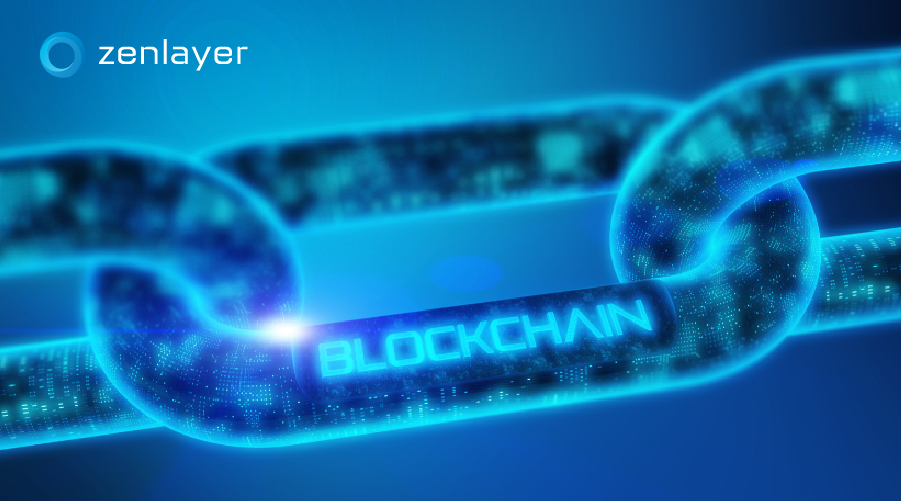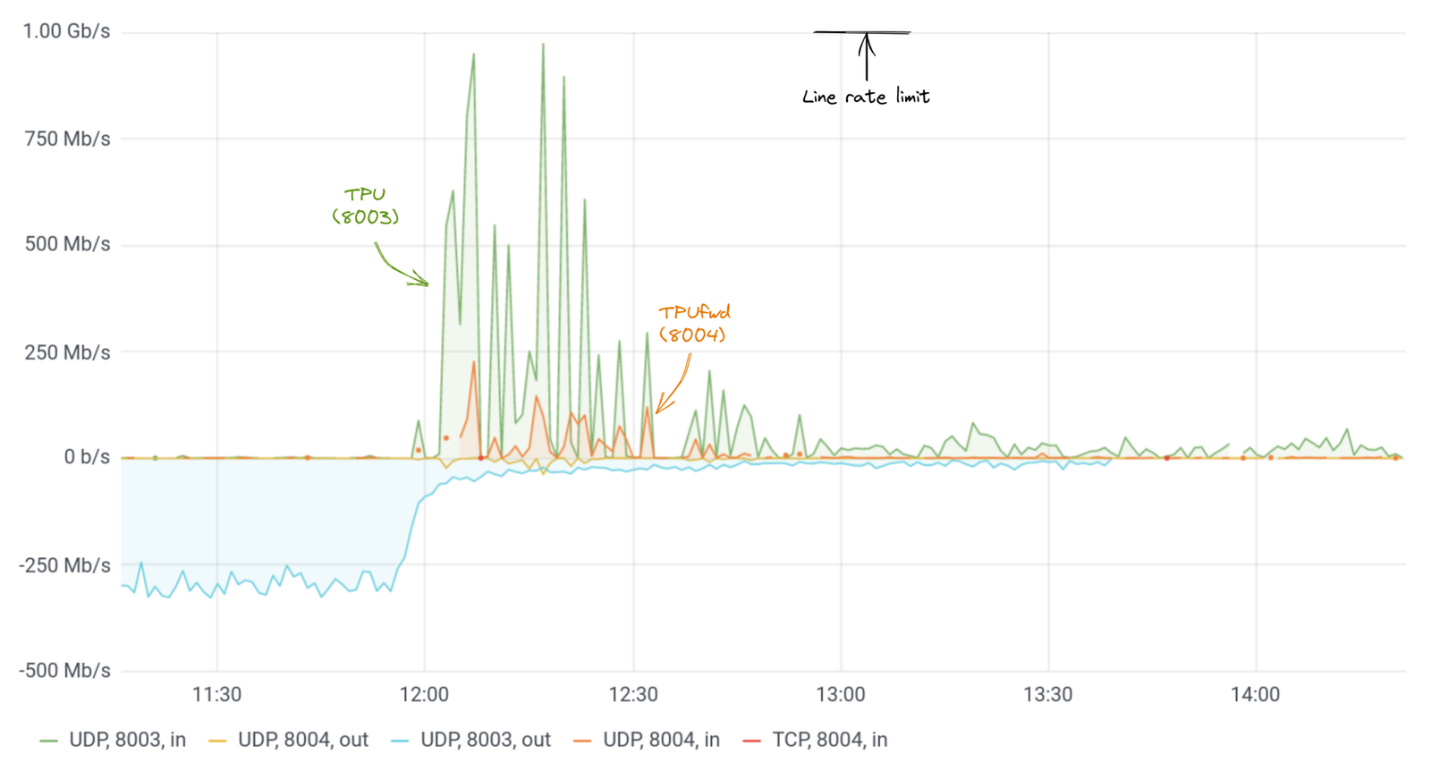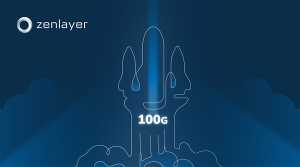
Blockchain is drawing a heavy amount of attention from technology evangelists and investors who want to disrupt industries and drive profits. Opportunities abound in blockchain, as new use cases continue to emerge.
One of blockchain’s greatest advantages is the fact that it doesn’t require a central entity to verify transactions. Instead, blockchains rely on fault-tolerant consensus mechanisms or protocols for use cases like cryptocurrency, royalty tracking, identity verification functions, and secure cross-border payments, to name a few examples. These mechanisms are a fundamental part of blockchain technology. And two of the most common mechanisms are proof of work (PoW) and proof of stake (PoS).
In this post, we’ll explain how the PoS model works and explore how infrastructure directly impacts its performance.
Proof of stake chains: A brief introduction
In short, proof of stake chains make it faster and easier to verify transactions within a blockchain. Proof of stake serves as an alternative to proof of work, and offers the potential for greater security and cost savings. With proof of stake, coin owners can put coins up as collateral to validate blocks.
Proof of stake and proof of work are fundamentally different. Instead of competing solely on hash rate, a proof of stake chain and its nodes will rely heavily on its relationship with peers. And for this reason, it requires a different type of supporting infrastructure.
There are many proof of stake chains in existence today. Some common examples include Solana, Polkadot, and Ethereum 2.0.
How networking infrastructure impacts PoS chains
Proof of stake and networking hardware
Each proof of stake chain requires a heavy amount of interaction between nodes when processing transactions and forming consensus. As such, proof of stake chains tend to have a much higher transaction rate than proof of work chains. For example, PoW-based Ethereum typically registers 15-45 transactions per second (TPS), while PoS-based Ethereum 2.0 can scale to 100,000 TPS or more which is a significant increase. (1) Solana is also capable of operating at 50,000 TPS.
As a result, the network interface in a proof of stake chain must be capable of receiving and handling a much higher rate of transaction.
Taking Solana’s maximum transaction size of 1232 bytes into consideration, here is a simple equation:
- 1232B x 10 x 50K = 6.16 Gbps
As you can see, a rate of 6.16 Gbps will easily exceed a 1G port and use more than half of a 10G port in a server. Historical data from Solana shows that it could reach the interface line rate. And when the network interface hits the line rate, any following transactions will drop which of course is bad.

Figure 1: (https://jumpcrypto.com/reflections-on-the-sept-14-solana-outage/)
High transaction rates will also impact CPU performance. Even though proof of stake does not directly compete on the Secure Hash Algorithm (SHA) rate, it still uses CPU for various functions like processing high volume transactions, encryption/decryption, signing, and smart contract execution. With the blockchain community moving toward quantum proof down the road, SHA512 will also be widely adopted.
Not all types of CPU will be able to support these types of workloads. For example, in Solana, a CPU will need to complete data fetching, signature verification, bundling, and writing (assume there is no GPU offloading), as well as normal TCP packet handling in OS. According to Solana documentation, a minimum 12 cores with 2.8GHz CPU is necessary.
Proof of stake requires good network quality
Since proof of stake is heavily dependent on peer communication for forming consensus, the network has an important enabling role to play. For example, if a leading node fails to generate a block in a certain time frame, that node might be penalized for being jailed, or lose its staking value.
With proof of stake, it’s critical to maintain a low block skip rate. However, multiple factors can impact node performance and cause the rate to increase. (2) Examples include node downtime, geolocation, and network outages/delays.
Solana and Ethereum 2.0 are two leading PoS chains built for high transaction rates with deterministic finality. For Solana to generate a block at an average of 400 ms at 50,000 TPS without suffering from a high skip rate, premium network infrastructure and minimal network latency is necessary. Otherwise chains and validators will suffer from low performance and have a negative financial impact.
If a leader node fails to produce a block, a proof of stake chain will elect its next leader node to generate one. If network latency causes node clusters to be significantly slower than other clusters, it is possible the nodes in the slower cluster will generate a block but other clusters will push another leader node. These types of issues can create economical penalties for slower clusters and lower participation from some regions.
Proof of stake will enable the next internet era
The proof of stake protocol is becoming increasingly popular, with many applications now using the technology and driving the development of the decentralized Web 3.0. We are now on the cusp of a new era of the internet.
That said, it’s important to remember that proof of stake chains ultimately rely on peer nodes to reach consensus. And these nodes require supporting resources like computation power, network propagation, and bandwidth. Having a deep understanding of the underlying infrastructure is therefore critical for blockchain’s success.
Validators and other PoS chain participants can leverage Zenlayer’s Bare Metal Cloud and Cloud Networking services to support their blockchain proof of stake chains. Bare Metal Cloud and Cloud Networking can provide the computing power and connectivity to ensure reliable and efficient transactions, minimize financial risk, and maximize return of investment.
Reference:
(1) https://www.thestreet.com/crypto/ethereum/ethereum-2-upgrade-what-you-need-to-know#:~:text=Ethereum 2.0 will implement a,prevents many from using it
(2) https://www.stakingrewards.com/journal/solana-validators-performance-research-report-part-2-skip-rate-analysis/






